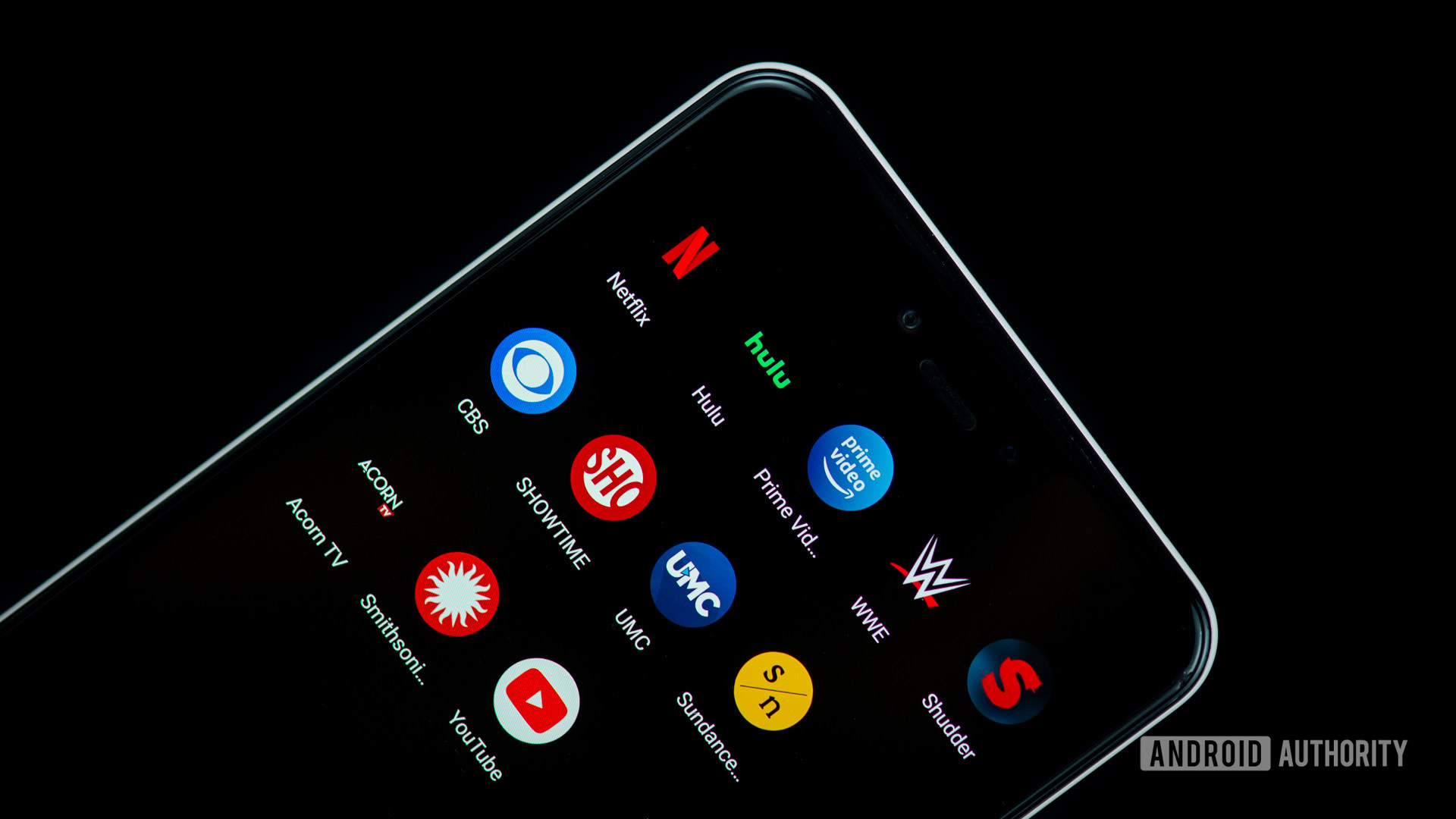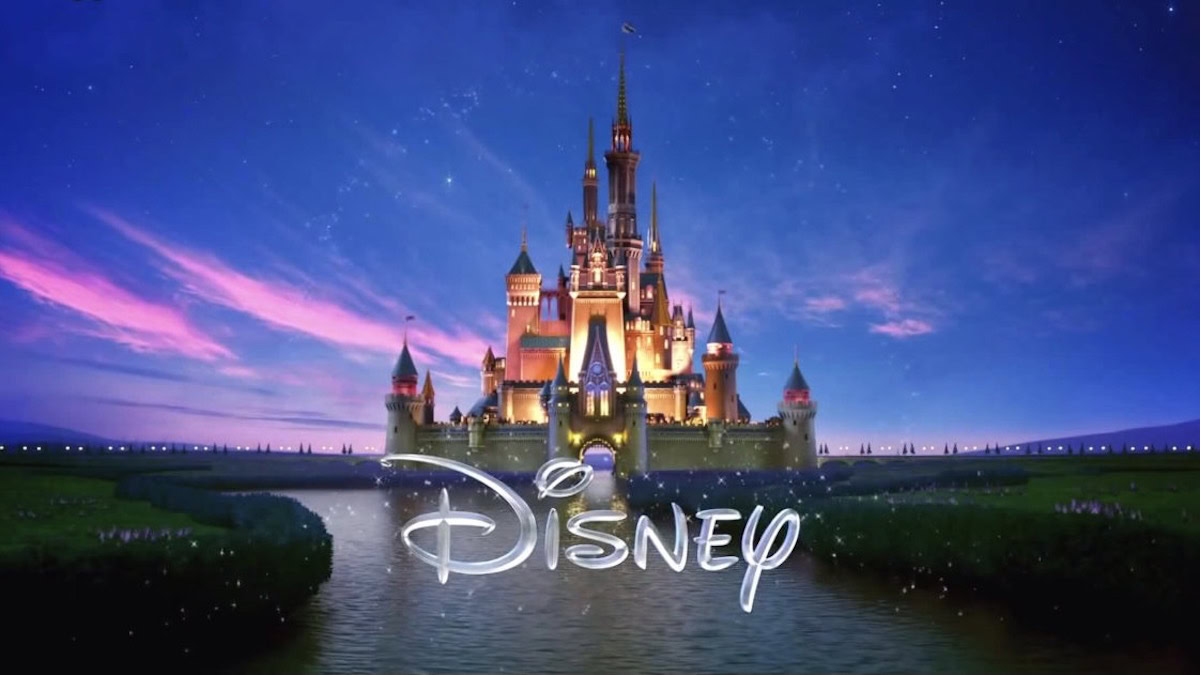Affiliate links on Android Authority may earn us a commission. Learn more.
Will movie theaters ever make a full comeback in the age of streaming?
Published onSeptember 14, 2022

The fate of movie theaters has been up in the air for years. That’s only become more pronounced as we continue to adjust to COVID-19 and fears of public gatherings in places like cinemas. Meanwhile, streaming is primed to fill that void. It’s perhaps overly simplistic to frame this as a straightforward battle — movie theaters vs streaming services like Netflix — but we are watching the two film exhibition formats duke it out to some extent.
Conventional wisdom tells us box office hauls have been down because of the pandemic, and we should give it time. But Spider-Man: No Way Home shattered that perception, at least a bit. It broke records in its opening weekend as fears of the Omicron variant peaked. More titles like The Batman, Doctor Strange in the Multiverse of Madness, and Top Gun: Maverick have followed suit. Even an indie film like Everything Everywhere All at Once has proved mighty at the box office.
So, are movie theaters back? Is streaming catching up? Will the two find a new balance when things go back to normal?
Related: The best original streaming movies on every platform
Theaters vs streaming: The truce was shaky even before COVID

Box office numbers have been bleak since early 2020, when the world changed. But there’s been talk of streaming replacing movie theaters since long before that.
Not all theatrical releases are created equal, of course. Big-name auteurs like Alfonso Cuarón and Martin Scorsese had already made the jump to streaming before the pandemic, with their films Roma and The Irishman released as Netflix originals in 2018 and 2019 respectively. Those years also saw the release of massive blockbusters in theaters though. Avengers: Infinity War and Avengers: Endgame both broke box office records in theaters. Endgame remains the highest-grossing film of all time, in fact.
At the moment, a majority of Americans say they prefer to watch new releases at home, even when in-person theater screenings are available. That’s according to a survey by CivicScience from October 2021. Results show some differences by age, with older respondents even more likely to prefer home viewing. The trend is widespread though. Streaming subscriptions in the US went up by 50% in 2020, so viewers are certainly backing those claims up with their wallets.
And yet, even in the heat of a pandemic — and amid a spike in cases brought on by a new variant — Spider-Man: No Way Home took home $260 million in its opening weekend. It was also the first film to hit $1 billion since 2019.
Is Spider-Man a one-off?

We shouldn’t take No Way Home’s success to mean theaters are saved. Or even, arguably, that audiences just want superhero fare.
Mid to low-budget films have been getting less and less space on screens over the years. They can’t compete with the likes of the MCU at least in part because they’re occupying fewer, less appealing time slots. Spider-Man: No Way Home was released the same day as Nightmare Alley, and just a week after West Side Story. Despite big-name, Oscar-winning directors (Guillermo del Toro and Steven Spielberg, respectively), both films hovered around $10 million at the US box office as No Way Home dominated.
Check out: Which is the best streaming service?
Of course, when I looked for screenings of Nightmare Alley, they were limited to just two or three showings a day. That was at the few theaters playing the film at all. Spider-Man offered me multiple formats any time of day and at virtually any theater in town. I can only imagine what options folks not in urban centers like me had to contend with.
Viewers aren't getting many options to see non-tentpole films on the big screen.
Ridley Scott rather dubiously blamed millennials for the failure of his The Last Duel last year, which also earned just over $10 million domestically. The Last Duel is a big historical actioner, but it’s also a heavy story about sexual violence marketed for a strictly adult audience.
Some other movies have performed well at the box office, like Denis Villeneuve’s Dune, which earned over $100 million domestically, even while it was available to stream on HBO Max as soon as it hit theaters. But Dune, like Spider-Man: No Way Home, is a big movie, based on familiar source material, aimed at a huge cross-section of viewers.
What we’re seeing, then, is a narrowing of the types of films making bank on big screens rather than a wholesale replacement of theaters by streaming, with a few notable exceptions here and there.
The Disney-shaped elephant in the room

It’s clear that COVID-19 has accelerated what was already happening. Media companies are consolidating, and heavyweights like Disney are putting all their eggs in a few really big baskets. Fewer screens are available as a result of the pandemic, and distancing (at least at some theaters) means fewer butts in seats per screen. The contrast between the types of films getting prime billing is just more visible than before.
My experience of finding just a handful of subpar Nightmare Alley options is the norm rather than the exception. It was already happening before 2020 (I’ve had to take a bus to plenty of far-away screenings in my day). It’s just more obvious now.
See also: Everything you can watch on Disney Plus
This is a mix of meeting demand and intentionally shifting the landscape in a self-fulfilling prophecy. People genuinely want to flock to Spider-Man: No Way Home, no doubt. It’s a big event, and it’s exciting.
But Disney is also guiding us all there quite aggressively, limiting our options. My counter-examples of Nightmare Alley and West Side Story are, notably, Disney releases. Since Disney bought Lucasfilm, Marvel, and Fox, it has taken over a huge portion of the theatrical market, and it’s betting on big titles with massive budgets at the expense of its own library of smaller new releases.
Theaters vs streaming: Get ready for fewer movies on bigger screens

At this rate, we’re moving towards an increasingly hybrid model. Movie theaters vs streaming services boils down less to who will win the whole pie than how the two branches of the industry will split it up.
“I think movies in theaters are going to become more expensive, event-ized,” actor and director Ben Affleck told Entertainment Weekly earlier this year. “They’re mostly going to be for younger people, and mostly about ‘Hey, I’m so into the Marvel Universe, I can’t wait to see what happens next.’ And there’ll be 40 movies a year theatrically, probably, all IP, sequel, animated.”
Affleck isn’t the first person to predict a theatrical landscape dominated by Hollywood tentpoles, while everything else heads to streamers. In 2013, Steven Spielberg and George Lucas said the same thing while speaking on a panel at the USC School of Cinematic Arts.
“You’re going to end up with fewer theaters, bigger theaters with a lot of nice things,” said Lucas. “Going to the movies will cost 50 bucks or 100 or 150 bucks, like what Broadway costs today, or a football game. It’ll be an expensive thing … (The movies) will sit in the theaters for a year, like a Broadway show does. That will be called the ‘movie’ business.”
The writing has been on the wall for close to a decade.
If dismal earnings for The Last Duel, West Side Story, and Nightmare Alley next to the major successes of Dune and Spider-Man: No Way Home are any indication, we’re already seeing this shift. Big expensive movies work on the big screen. Little else does. Rising ticket prices and formats like IMAX 3D, 4DX, and D-Box have ushered in the “event-ization” of the movies too.
Streaming will naturally pick up the slack. It already does in a lot of cases. The end of COVID could change that, but this is the end-point we were already moving towards. Now we’re just that much closer.